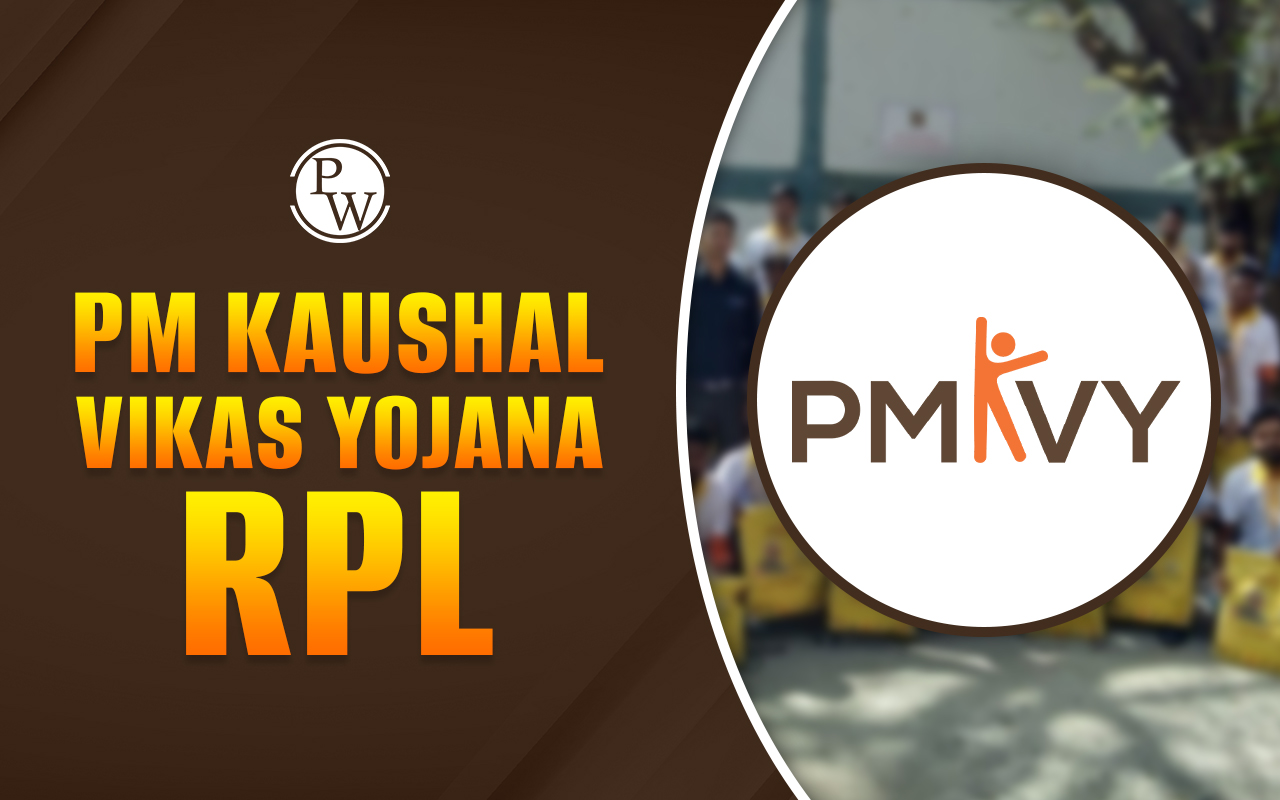
CSAT Practice Questions: In the UPSC Civil Services Aptitude Test (CSAT) exam, candidates have only 2 hours to solve 80 questions from a variety of topics. In recent years, it has become increasingly difficult to complete the CSAT paper or even achieve passing marks within the given time limit, highlighting the importance of effective time management.
To achieve this, it is necessary to solve as many CSAT practice questions as possible under timed conditions. Regular practice with mock tests and CSAT previous year's question paper can significantly improve speed and accuracy, boosting overall performance in the exam.
UPSC CSAT Questions 2025
The syllabus for General Studies II, also known as the CSAT paper, covers a range of topics, including Comprehension, Interpersonal Skills, Logical Reasoning and Analytical Ability, Decision-making and Problem-solving, Basic numeracy, and Data interpretation. UPSC prepares CSAT questions from the syllabus only, which is why candidates must first study each topic in detail. Later, solve CSAT practice questions topic-wise to assess proficiency in these areas. Regular practice is essential in CSAT to make effective strategies for tackling different types of questions.Also Read: UPSC CSAT Syllabus 2025
CSAT Practice Questions with Solution
It is highly recommended to attempt CSAT questions for UPSC Prelims in a real exam-like environment. Practicing under timed conditions helps build familiarity with the paper pattern, improve speed and accuracy, and reduce exam-day anxiety. By analyzing solutions after each attempt, aspirants can understand the logic behind correct answers, identify common mistakes, and refine their approach to problem-solving. To help aspirants, PW offers a combo set of books having CSAT Practice Questions with Solutions:
After building a solid base and attempting CSAT questions from these books, aspirants must join a dedicated test series. The PW CSAT test series provides a structured approach to preparation, offering regular practice tests that simulate the actual exam environment. With the help of feedback and insights from mentors, candidates can enhance their performance on exam day.
Topic wise CSAT Practice Questions
Candidates need to study each topic of the CSAT exam from the standard book. After completing a particular chapter from start to finish, attempt CSAT practice questions by setting a timer. Check the explanation to find out the gaps and evaluate preparedness. At Physics Wallah, candidates solve CSAT practice questions following each lecture to reinforce their grasp of the syllabus. Here are some examples of topic-wise CSAT questions:Reading Comprehension
The rapid industrialization in the past few decades has led to significant environmental degradation. This includes air and water pollution, deforestation, and loss of biodiversity. The adverse effects on human health and the planet's ecosystems are becoming increasingly evident.
Question: What are the main environmental issues mentioned in the passage?
A) Noise pollution and soil erosion
B) Air and water pollution, deforestation, and loss of biodiversity
C) Overpopulation and global warming
D) Acid rain and desertification
Answer: Option B
The essence of education lies not in the accumulation of facts but in the ability to think critically and independently. A society that values rote learning over creativity risks producing citizens who cannot innovate or solve complex problems.
Question: Which one of the following best reflects the central idea of the passage?
A) Accumulating facts is the key to success in education.
B) Critical thinking and creativity are vital in education.
C) Rote learning ensures better memory retention.
D) Innovation stems from memorization.
Answer: Option B
Logical and Analytical Reasoning
Statements:- All roses are flowers.
- Some flowers are red.
- All red things are beautiful.
Statement: All engineers are logical. Some artists are engineers.
Conclusion:
I. Some artists are logical.
II. All logical people are engineers.
Based on the above statement, which of the following conclusion/s is/are logically correct?
A) Only I follow
B) Only II follows
C) Both I and II follow
D) Neither I nor II follows
Answer: Option D
Also Read: UPSC CSAT Formula Book
Numerical Aptitude
Question: If the digits of the number 4729 are reversed and 200 is added, what will be the result?
Options:
A) 9933
B) 9923
C) 9943
D) 9919
Answer: Option A
A) 6
B) 7
C) 9
D) 10
Answer: CAlso Check, CSAT Question Paper 2024
CSAT Previous Year Questions for Practice
Preparing for the UPSC Prelims requires not just theoretical understanding but also a solid grasp of the exam’s practical demands. One of the smartest strategies to crack the CSAT paper is by practicing previous year questions. These questions give you a clear insight into the nature of the exam, frequently asked concepts, and the evolving trend of the paper. Whether you're aiming to improve your accuracy, boost your speed, or simply get familiar with the question patterns, this practice is essential for success. Dive into these carefully selected CSAT previous year questions and level up your preparation!
| Books Title | Features | Link |
| CSAT Previous Years Solved Question Papers | Topic-wise, 10 Past Years Solved Questions with Free Mock Tests | Click Here |
Importance of UPSC CSAT Practice Questions
The CSAT Questions book focuses on training candidates for the speed and accuracy which is required on the exam day. Here is why candidates must regularly solve CSAT practice questions:- Help in understanding the format and types of questions in the CSAT exam.
- Candidates can identify strengths and weaknesses in each topic of the syllabus
- It is essential to improve speed and accuracy for the CSAT exam.
- Useful for revision purposes and developing conceptual understanding.
- Builds confidence for exam day by simulating real exam conditions.
- Candidates can learn to maximize performance under time constraints on the exam day.
CSAT Practice Questions FAQs
What are the topics of UPSC CSAT questions?
How can I practice CSAT questions for UPSC?
How to prepare for UPSC CSAT by self-study?
How many questions should I attempt in UPSC CSAT?
Is 2 months enough for the CSAT exam?






